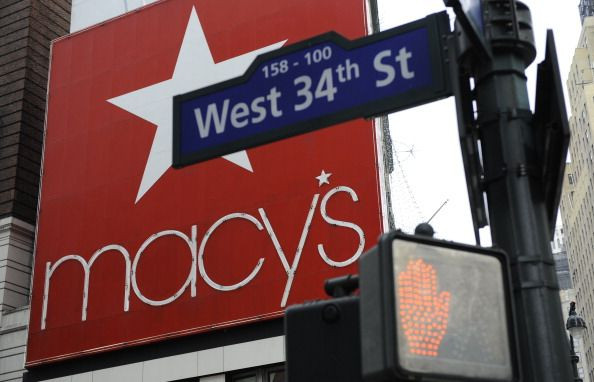Will Macy's Recover From Coronavirus? Analysis Says Retailer In Better Position Than Competitors

KEY POINTS
- Macy's foot traffic increased through most of 2019, with prospects looking before before the pandemic hit
- The analysis indicated there was a lot of cross-shopping between Macy's and J Crew and Neiman Marcus
- If South Carolina is any indication, consumers are showing more interest in the department store
Macy’s is positioned for a comeback once coronavirus restrictions are lifted, especially when the bankruptcies by J Crew and Neiman Marcus, as well as the expected filing by JC Penney, are factored in, an analysis by foot traffic analytics firm Placer.ai indicated.
The analysis showed that with the exceptions of December 2019 and January 2020, Macy’s saw foot traffic grow significantly on a monthly basis since January 2019. In February 2020, traffic was up 5.3% from the year-ago level.
“But, COVID-19 did hit very hard. Visits in March were down 69.8% year over year, and in April they were down to zero, with all stores closed,” Ethan Chernofsky, vice president for marketing at Placer.ai, said in a blog post.
He said, however, that though there is no guarantee of a rebound, the bankruptcies of retail competitors mean Macy’s now has a greater audience for its inventory. The retailer has been trying to keep up interest among consumers, bombarding them with emails, sometimes several times a day. Chernofsky said before the pandemic hit, there was a lot of cross traffic between Macy’s and its competitors.
The strategy may be paying off. Chernofsky said in South Carolina, where the governor eased coronavirus restrictions as of April 20 and Macy’s has two stores, traffic was up 8.6% last Wednesday. Macy’s had 581 stores before the outbreak, with plans to shutter 125 in the next three years.
Chernofsky said work-at-home orders have significantly changed the way people shop, and if social distancing measures remain in place at least in part, the impact could change shopping habits significantly.
“Working from home has enabled many to optimize their schedules to visit Walmarts and Targets at non-peak hours – evenings and weekends. This reduces crowds at stores and enables brands to have a steadier flow of customers,” he said.
© Copyright IBTimes 2025. All rights reserved.






















